Milky Way
Late nights, incredible sights.

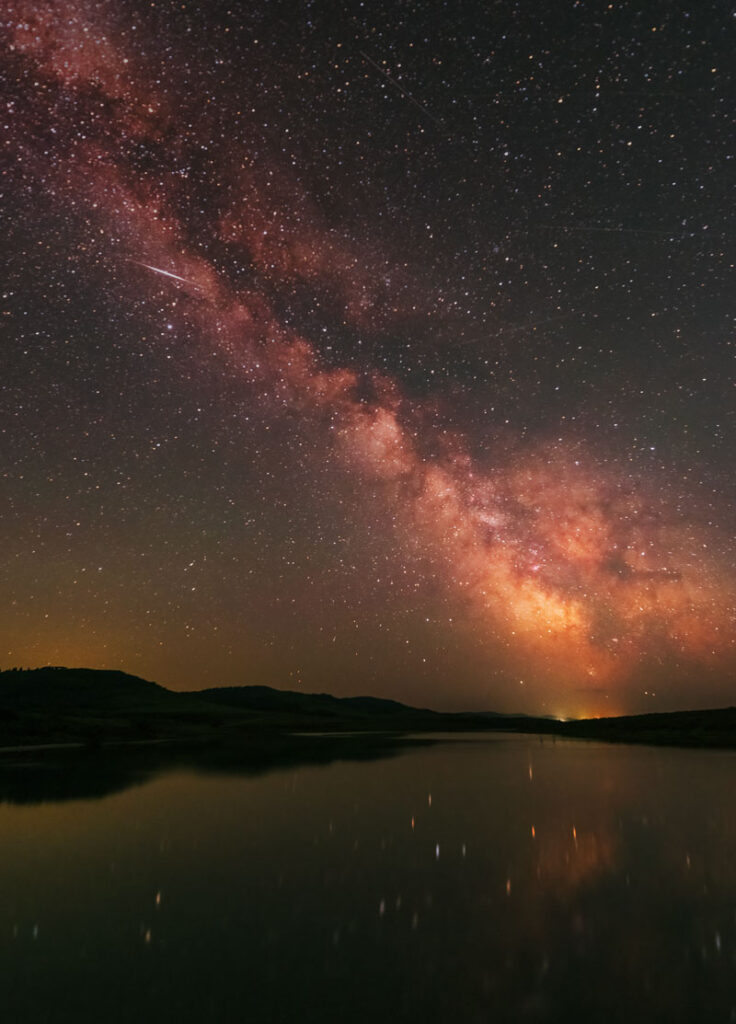
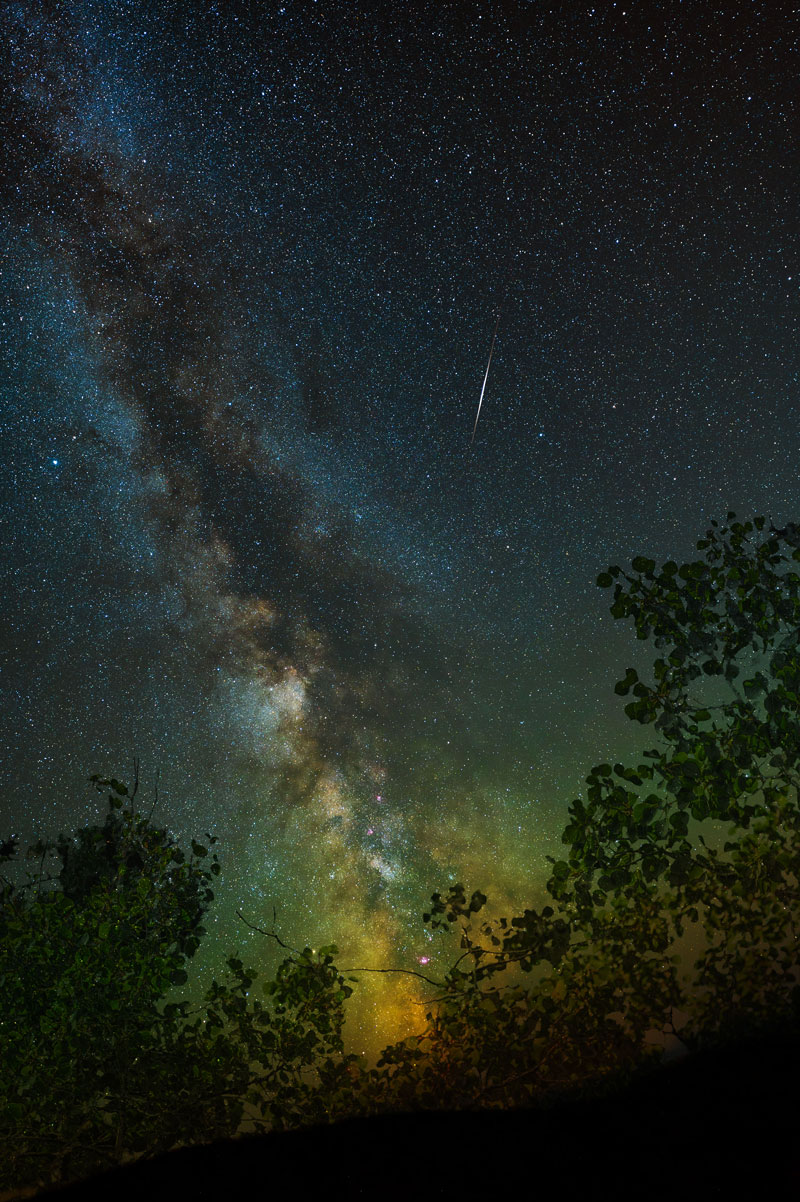
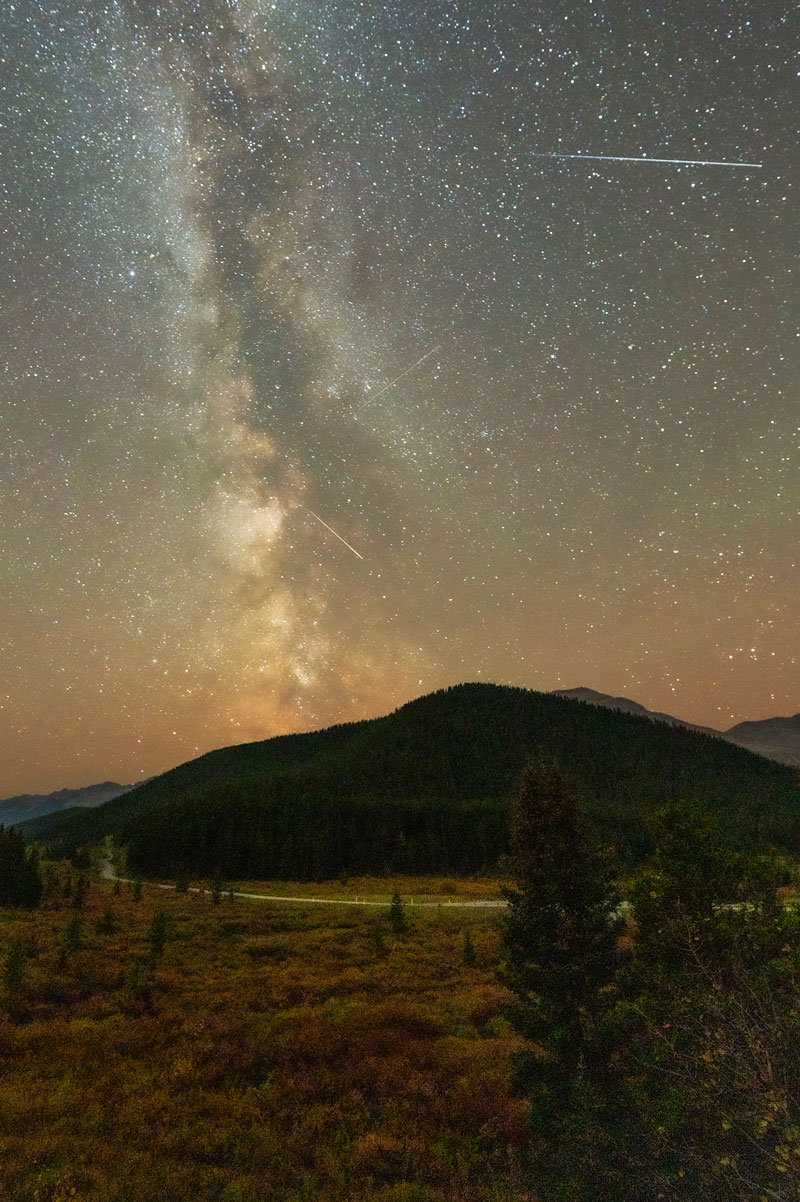
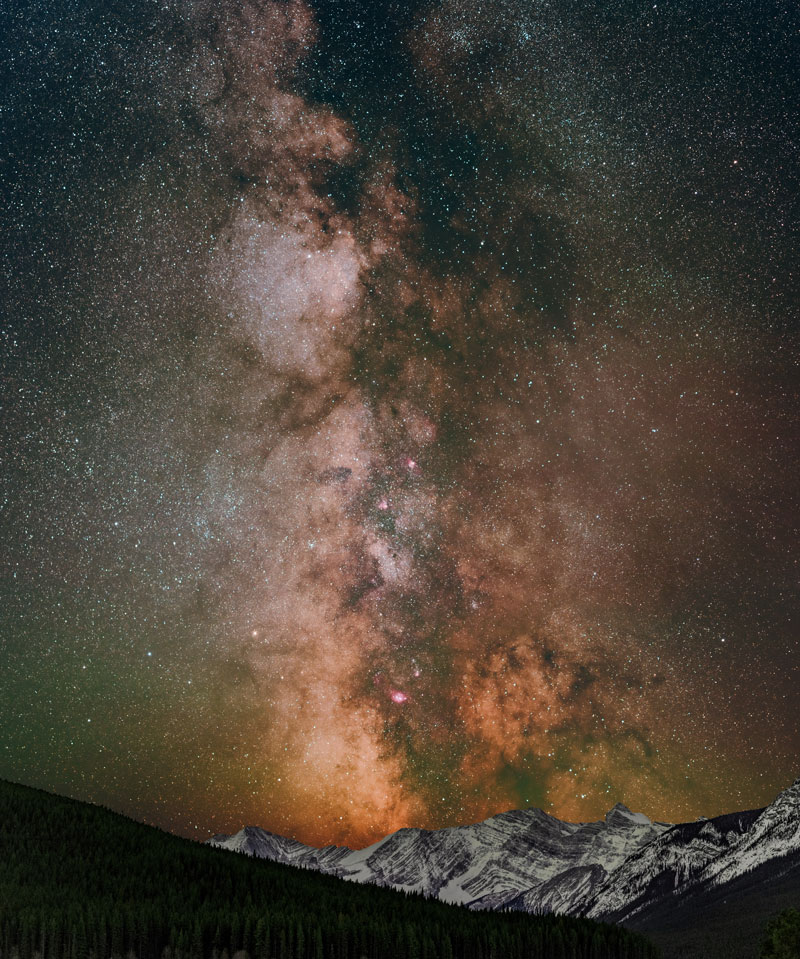
No two Milky Way captures are the same thanks to variations in time and atmospheric phenomena.
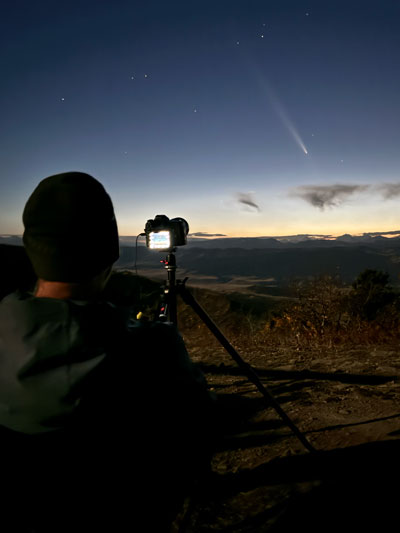
From clouds, light pollution, and wildfire smoke, to air glow and meteors, shooting the Milky Way means catching something new every time. Then, in October 2024, comet ATLAS graced the skies overhead as well, leading to one of my favourite Milky way captures of my lifetime. If you’re new to night time photography, you’ll need a tripod for long exposures, as well as some know-how to process images in Photoshop or similar app to bring out the light, colours, and edit out planes.
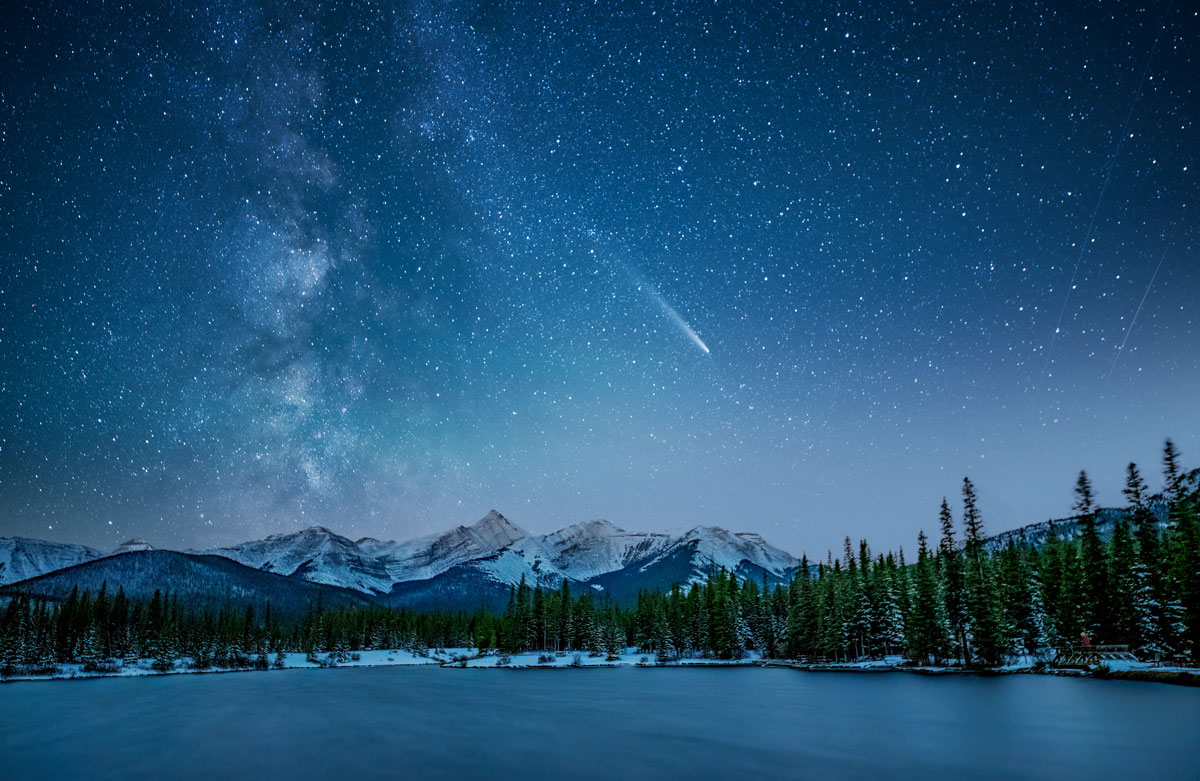
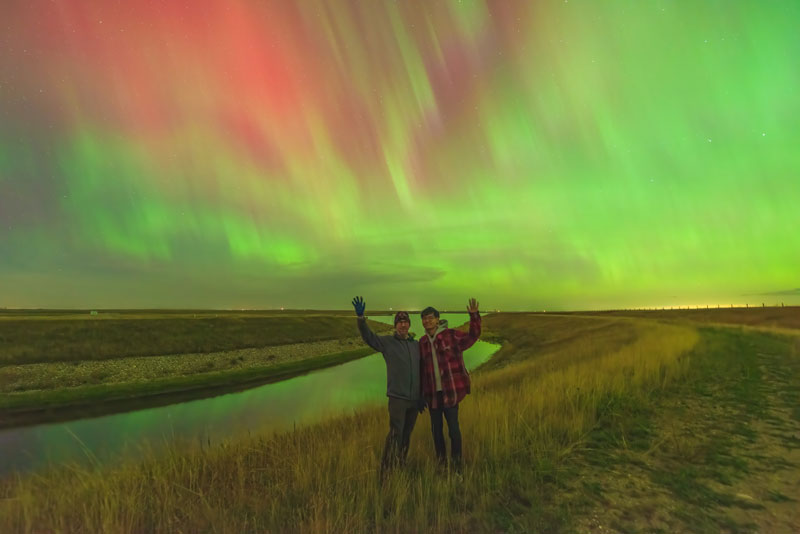
Join me under the stars!
I’m always down to share my experience, tips, and techniques. Photographing and editing the Aurora Borealis, Milky Way, Comets, Meteors, AirGlow, the Moon, and more using little more than a DLSR and remote shutter control on a tripod (optional star tracker) is a blast. Let’s talk.
Shooting time lapses are a fun way to capture the Milky Way – in motion – and get high resolution RAW files for still images at the same time when opting to combine in post instead of in camera.
Want to capture the Milky Way well? Get out there!
Since capturing my first Milky way AUG 19, 2022 (with the help of an Arsenal device attached to my camera – no judgement please, ha ha), my manual camera techniques and skills have developed. As they say, practice helps a lot.
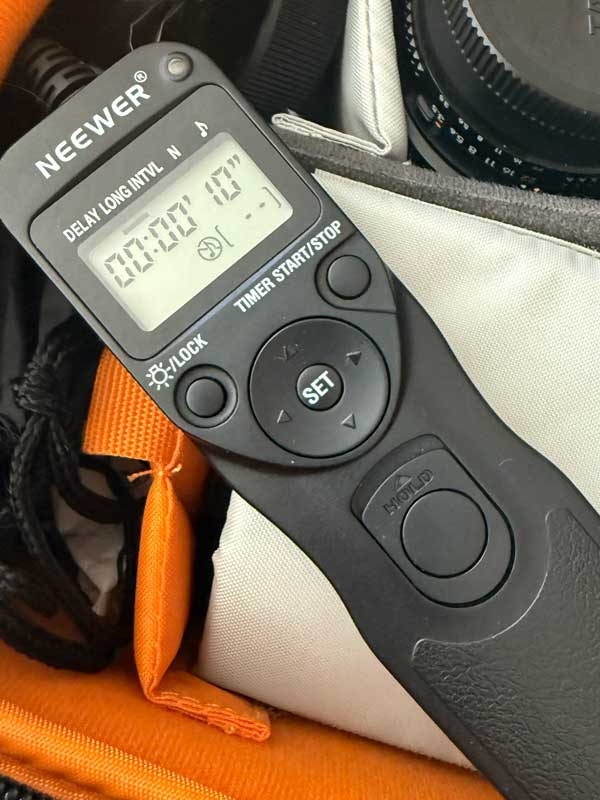
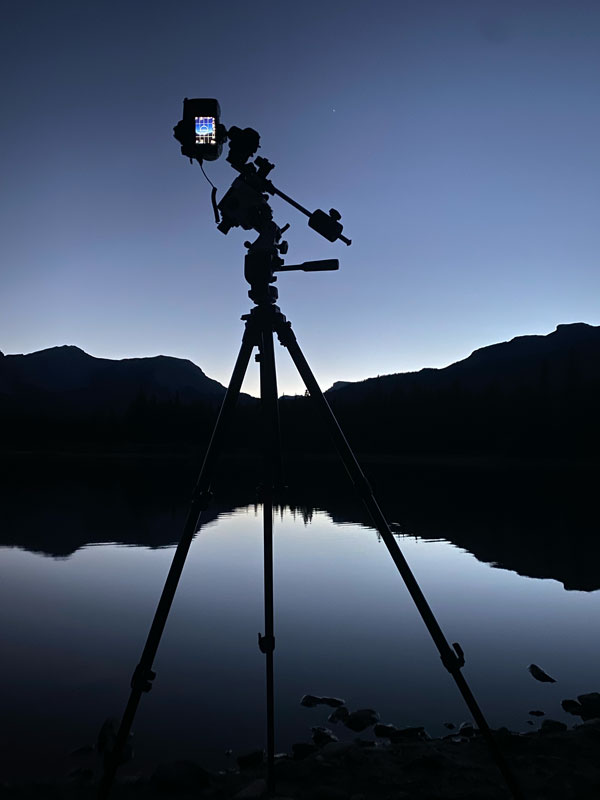
Over time, I’ve developed my knowledge to shoot manually without any assistive device…kinda. I use an intervalometer for timing and triggering the camera. Plus, I occasionally use a Star Tracker which is basically a small motor that turns to counter the rotation of the earth, and an Astro-modified camera. These two items allow very long exposures which help capture more detail.
I recommend you use an intervalometer (remote timed shutter release), so you can keep snapping pics while you’re watching the skies pass by overhead. An important note is to know where the moon is and what phase the moon is in. Moons are bright and can wash out your shot easily. Plan for New Moon nights, and a few nights prior.
Technical aspects of Milky Way shoots:
All images are shot in Manual mode, some atop a tracker, most not. Exposures range between 20sec to 25min with ISO ranging between 800 and 2000. all adjusted for light conditions at the time. For time lapses, at least 70 images are shot…up to 400. All images are captured at f/2.8-f4, shot in RAW format (NEF), and edited/composited using Photoshop, Camera RAW, Topaz De-noise, and Topaz Sharpen tools.